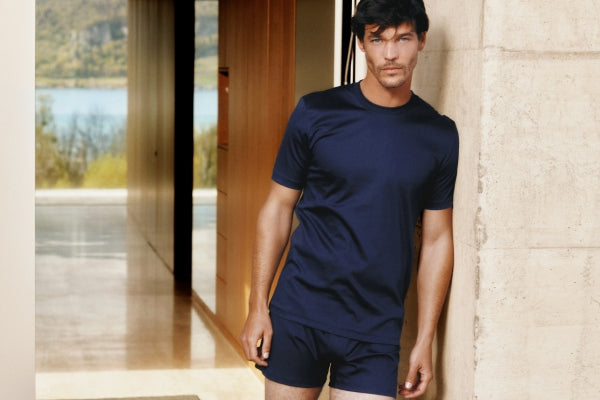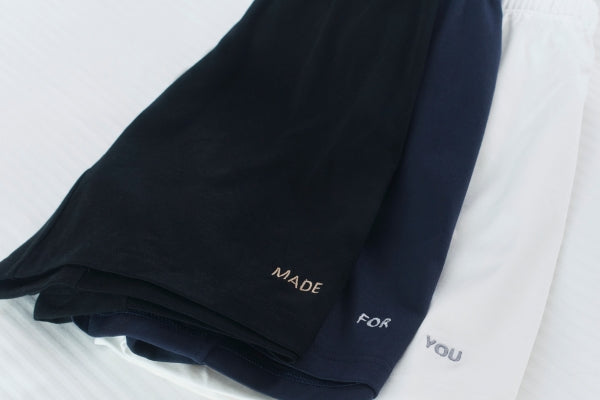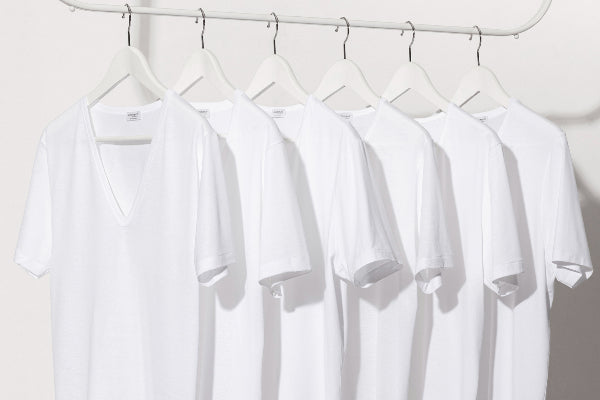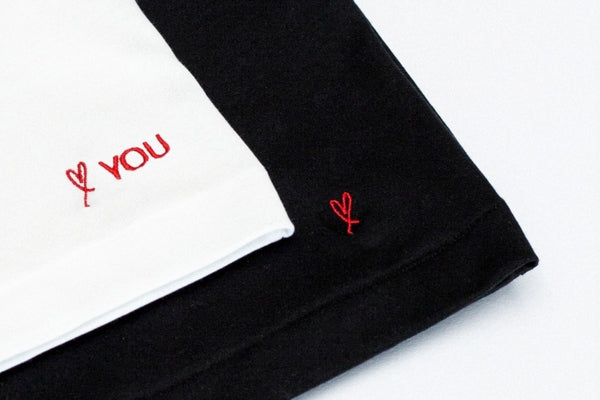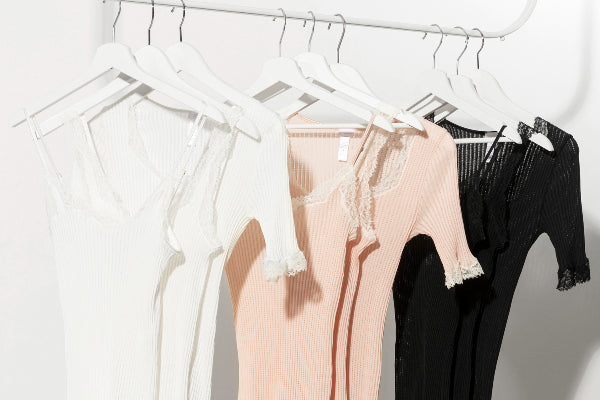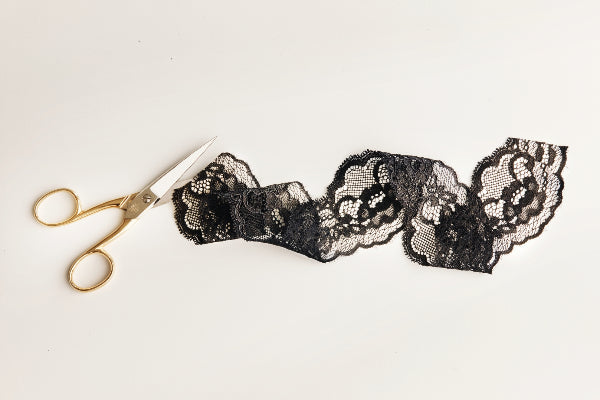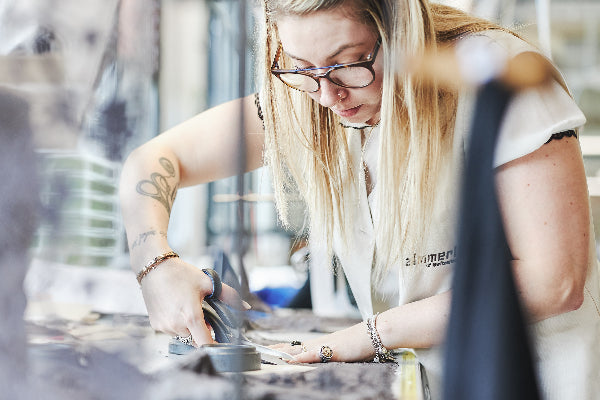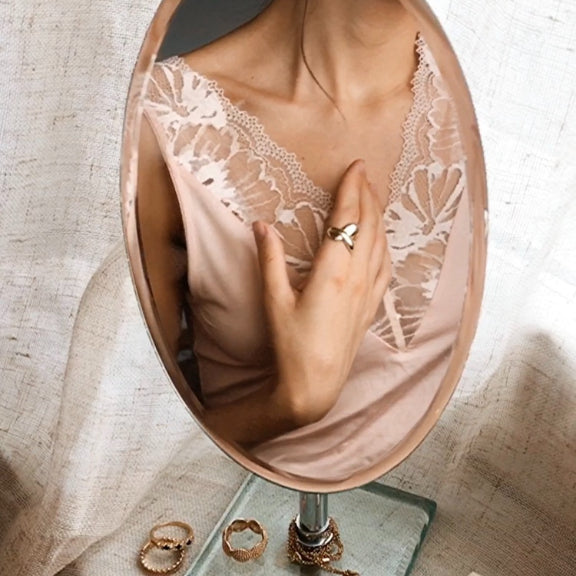Slow fashion with a future: A vision for your own personal exit from the fashion spiral.
Imagine if our planet existed ten times over. Ten worlds, each populated by eight billion people. Imagine further that every person in each of these worlds, without exception, receives one item of clothing every year. That would be 80 billion jackets, coats, blouses, shirts, dresses, skirts or pants. Absurd, isn't it?
Admittedly, there are no ten worlds like ours, there is only one as far as we know today. But this is where the correction of absurdities ends, because they really do exist: the 80 billion new jackets, coats, blouses, shirts, dresses, skirts or pants. And again and again - every year anew.
On average, every adult in the wealthy countries of Europe owns around 100 items of clothing - not counting underwear and socks.
Almost half of these are hardly ever worn, or worn less frequently than every three months. Much of it is thrown away after a short time. The two most common reasons for disposing of clothing: "I don't like it anymore" or "I need space in my closet." Very few people part with an item of clothing because it is broken from being worn so much. Clothes are hardly ever repaired anyway. And why should they? Buying new is cheaper in view of the oversupply of fast-fashion suppliers with up to 24 collections per year. The consequences for people and the environment, especially in low-wage countries, have long been no secret.
These figures are not unknown, at most frightening in combination, but they have not yet changed the shopping behavior of most people in the so-called developed countries. And where countries have begun to build broad economic prosperity, the same destructive consumer behavior - following our lead - has long since begun to emerge.
Let's start from the beginning
Imagine you open your closet. On the clothes rail you find a few timeless and high-quality outfits for your working day in which you always cut a fine figure. Next to them you find casual and comfortable things for your free time. Among other things, there is this classic leather jacket that you inherited from your parents and that not only looks better with each passing year, but with which you associate endless special moments of your life. You enjoy taking care of your clothes and accessories. For example, you regularly grease the wide belt with the special buckle to keep it supple.
[Image]
In Zimmerli's production facilities, every move is perfect so that your clothes will last you a lifetime.
Every fall, you look forward to taking your favorite piece out of the closet again. And if the high-quality lining should ever tear, perhaps because it gets caught on the car door when you get out of the car, the coat will of course be repaired. Actually, it's like your furniture classics that you also inherited - best timeless design and can't be broken. There is only one worry when you look into your closet: that there might be a fight among your children at some point - who gets the leather jacket, who gets the coat?
Care in the production of timeless, beautiful and high-quality clothing, environmentally friendly extraction of raw materials, production under socially dignified conditions, possibly an emotional relationship to selected, exclusive favorite pieces, sometimes over generations - is that really an absurd idea?
When will we finally start to see each of our clothing purchases as a long-term investment in good looks and the integrity of the manufacturing process?





